Everyone loves solar, right? Well, not always.
In our prior Solar 101 articles, we’ve covered everything from construction, finance, incentives, and net metering, to how to vet a contractor. Subsequent articles will focus more on hardware, and revenue streams.
Here, we will look at a few of the many “gotchas” that might upend your dream – or practical ability – to install solar panels. The examples here are only the tip of the iceberg. If you’ve had any weird happenings in your own solar dealings, please comment at the end of this article and let us all be educated!
Neighbors
The number one strange thing to deal with is neighbors.
For many of us, this isn’t a revelation. The proverb “good fences make good neighbors” is known to have originated independently in several cultures. And as Ben Franklin said: “Love thy neighbor, yet don’t pull down your hedge.”
Your Homeowner’s Association will be one of the first “strange” places that you may need to reach out to in order to verify rules related to having solar on your property. Your HOA is typically in place to protect the value of your property from neighbors who have different tastes than your own. Solar power is considered by many folks to be just such a different taste.
The most common HOA rule forbids homeowners from installing solar panels facing a street. This rule is in place in many HOAs in many states across the country.
Check to see if your HOA has any solar or aesthetics rules that might limit where you can install solar. If the HOA has rules against solar facing the street, then ask your contractor if you can install on a different roof surface. Keep in mind, however, that different roof surface angles generate different amounts of solar electricity, potentially affecting your payback period.
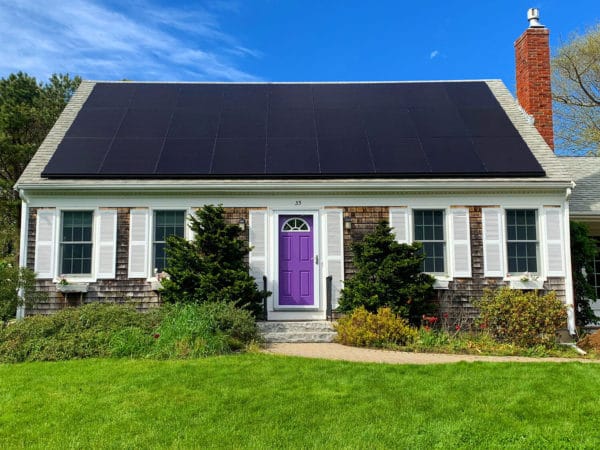
The next defense against an HOA is to build a “beautiful” solar power system. Beauty is, of course, in the eye of the beholder. To my eye, the Solaria system above is about as handsome as a standard solar system gets.
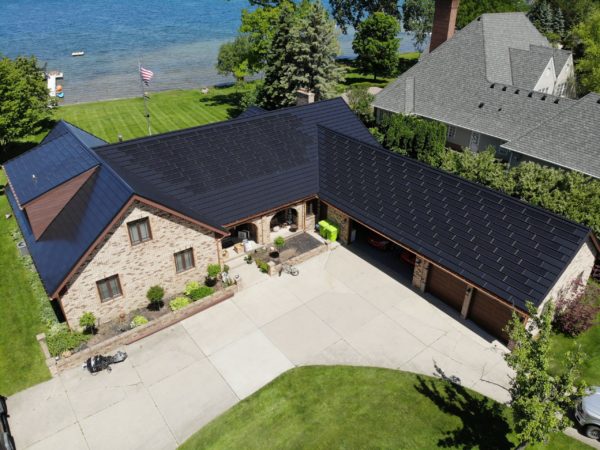
Another type of “beauty” is a solar shingle type system from Tesla, Luma Solar (left), or others making this new product type.
Unfortunately, some of your neighbors just won’t get it. For example, folks in North Carolina voted against a larger scale solar power project because they believed solar panels would ‘suck up all of the sunlight.’
When you install a residential solar power project on the ground, there’s a general requirement to get zoning approval, along with approval from neighbors in a town meeting. The best way to avoid a town meeting is to build solar power on your roof instead of on the ground.
Interconnection
Plugging your system into the power grid can sometimes present more of a challenge than you might expect.
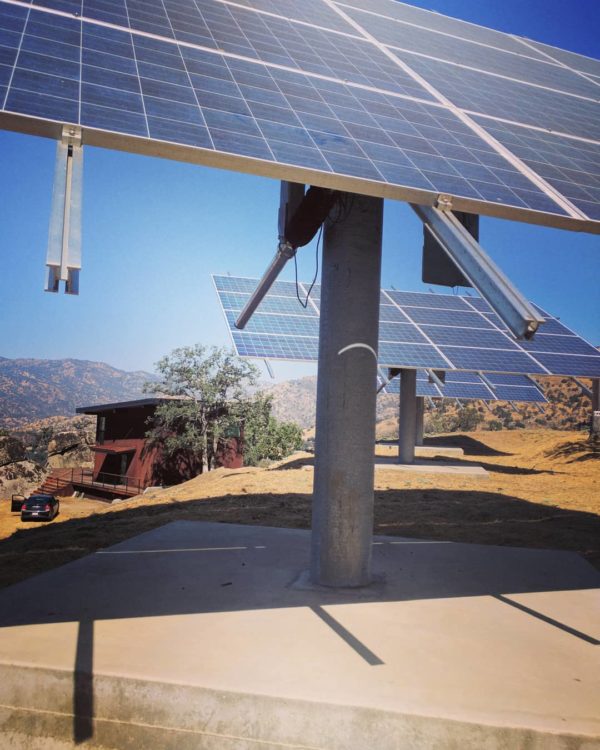 The image at the right shows a solar power project in Three River, California. The house is located on top of a mountain foothill, a couple of hundred feet tall. Connecting this home to the power grid would have cost more than $250,000 according to the local electricity utility.
The image at the right shows a solar power project in Three River, California. The house is located on top of a mountain foothill, a couple of hundred feet tall. Connecting this home to the power grid would have cost more than $250,000 according to the local electricity utility.
The homeowner instead chose to build an off-grid solar power system. The system includes solar panels that track the sun, batteries, and solar-powered water pumps, as well as the inverters and controllers needed to properly manage intermittent electricity generation.
While this scenario is a bit extreme, there are plenty of locations already connected to the power grid that won’t allow a solar connection. An electricity utility recently informed this author that a customer’s home was too far from key power grid hardware. The line’s voltage wasn’t strong enough to handle the solar system’s potential export to the power grid, the utility said.
Unfortunately, this is often a problem that cannot be determined until after you have spent money preparing and submitting one or more applications to the utility. Such an outcome could be a major setback, so you may want to take time to learn about interconnection issues before going forward.
In some places – especially Hawaii, but also hot solar markets like San Diego and Massachusetts – there is too much solar power. If you’re the last one on your block to get solar, you might not be allowed to export any electricity to the power grid.
Politics
The energy industry is among the largest, and most economically influential industries on earth. And even though each of us is looking to attach just one tiny solar power system to the largest machines in the world, plenty of folks out there see that as an attack on their bottom line. And they don’t like that one bit.

Image: Pixabay
For instance, the federal government group that regulates the power grid – Federal Energy Regulatory Commission – recently stated it is probable that Alabama is violating the law by charging those who install solar power projects a capacity fee.
Currently, anyone who installs residential solar power in Alabama will pay this fee, which has been in place since 2013.
Luckily, Kansas struck down a similar fee against solar power about a year ago. The fee had been proposed by utilities, approved by state regulators, and even affirmed by a lower court – despite a 1980 Kansas law explicitly forbidding such fees. All it took to shut down the proposed legislation was a reading of the “plain text” per the state supreme court judge.
One extreme example that might not affect residential customers directly – but we all should stay conscious of – is in Wyoming. The state is moving forward with a rainy day fund of $1.2 million, which it may use to sue states whose pro renewable energy laws have wounded their extraction business.
About those quahogs
Nature is another dynamic to consider. For instance the quantity of dust, pollen, and other materials that fall on your solar panels varies broadly, and can even change every few miles.
Is the home near an industrial area? Watch out for dust. Near beautiful fields? Pollen. Near a pig farm? Sticky manure dust. Close to the beach? Beware falling quahogs.
Falling quahogs?
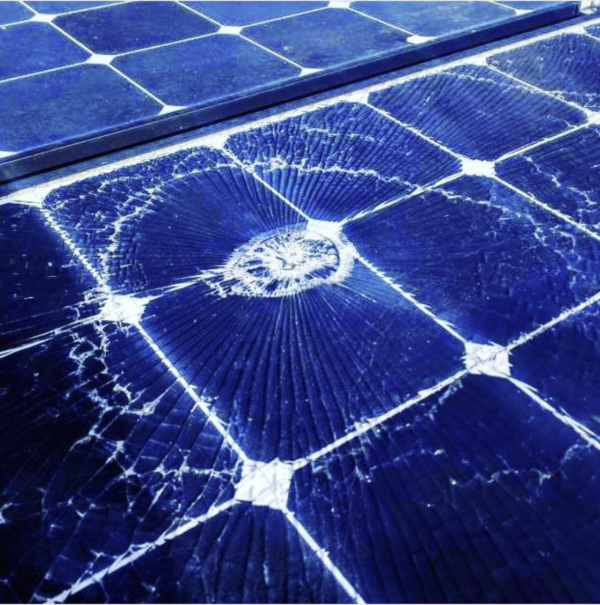 At left we see a Sunpower 315 W solar panel from a 2013 installation along a fishing harbor. The local gulls collect the bivalve mollusk known as a quahog (the official shellfish of Rhode Island and pronounced KO-hog) from waterways, and drop them on hard surfaces to crack open the shells and eat what’s inside.
At left we see a Sunpower 315 W solar panel from a 2013 installation along a fishing harbor. The local gulls collect the bivalve mollusk known as a quahog (the official shellfish of Rhode Island and pronounced KO-hog) from waterways, and drop them on hard surfaces to crack open the shells and eat what’s inside.
Obviously, broken solar panels won’t generate much electricity. And we’re pretty sure quahog-caused damage isn’t covered under hail warranties.
What perils have you encountered with your solar project? Share your story using the comment section, below.
Our Solar 101 series is coming into the home stretch. Next, we’ll get into solar panels and inverters, the two key pieces of hardware.
This content is protected by copyright and may not be reused. If you want to cooperate with us and would like to reuse some of our content, please contact: editors@pv-magazine.com.
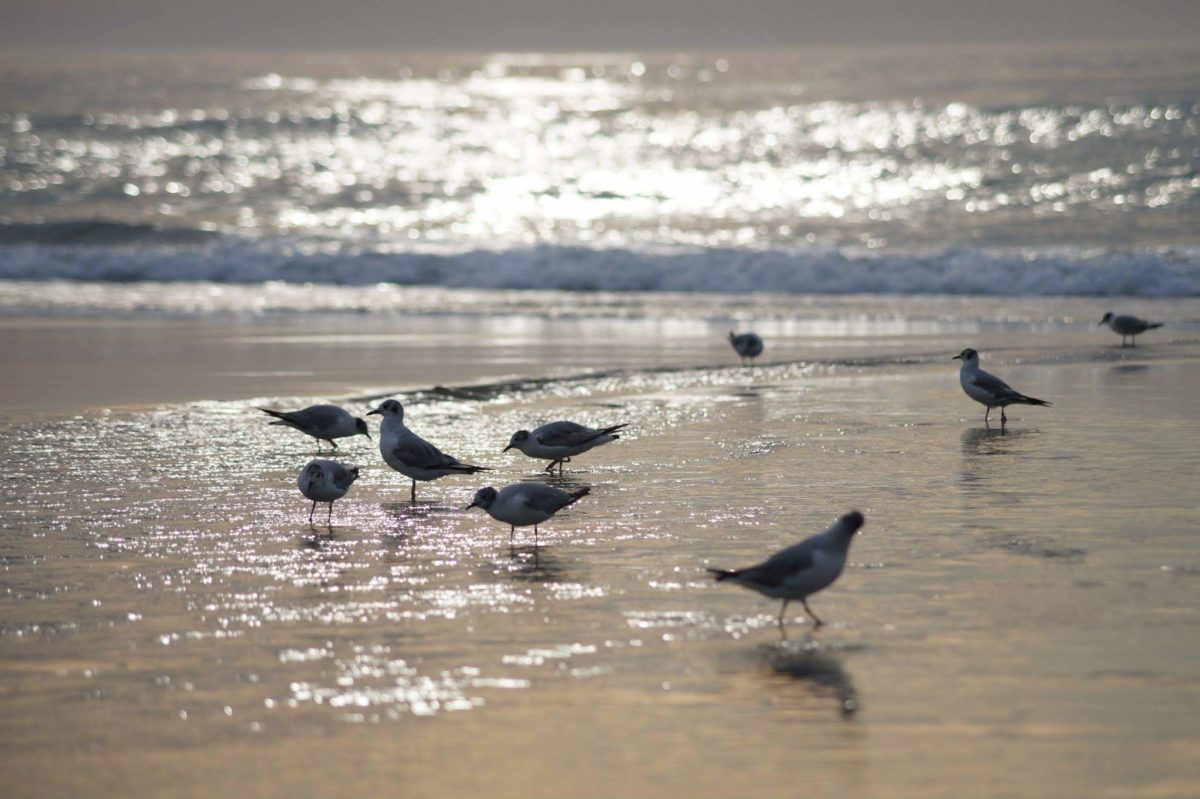
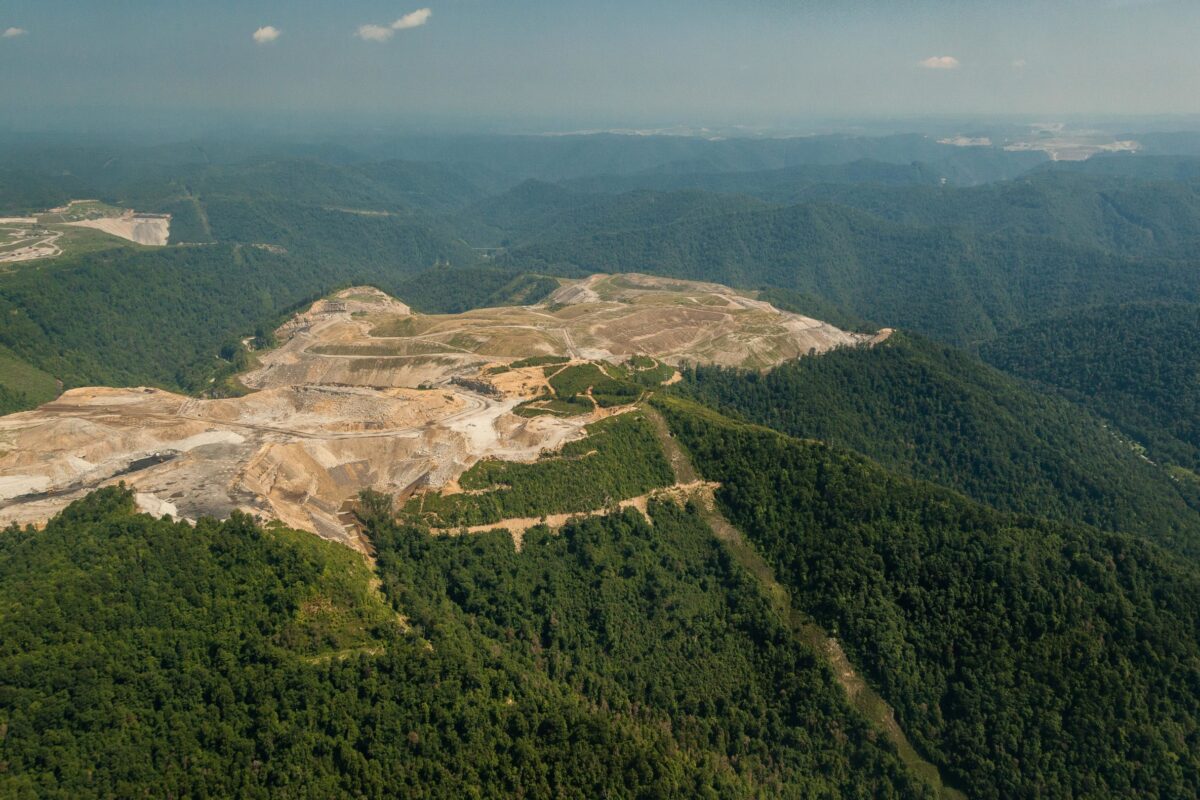




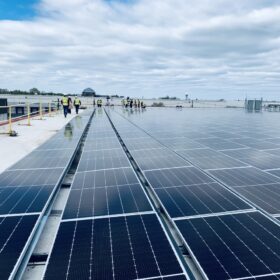

With all the pitfalls and changing rules, it seems to me foolish notion to install a traditional grid-tie system. In some areas it seems having solar could cost you more than not. Two options I like are Hybrid and Zero-Export Grid Tie. I employ both and my power co-op is not involved or even aware of it.
I realize some folks enjoy a good net metering arrangement, but I fear that will soon become a thing of the past.
City codes…check carefully. We went to city hall, asked for solar codes. Guy throws a 4″ thick book of all city codes on table and says “good luck.” Took lots of digging to find all codes.
I agree with Neal. Besides being off grid is going to be the way of the future. That’s because generating your own electricity will be vastly cheaper than even paying for just the transmission part of utility. The prediction is that around 2033 the capital cost per kWh of solar+storage will be one sixth of the transmission cost per kWh.
You could have a grid tie, but it would need to be on a completely separate circuit.